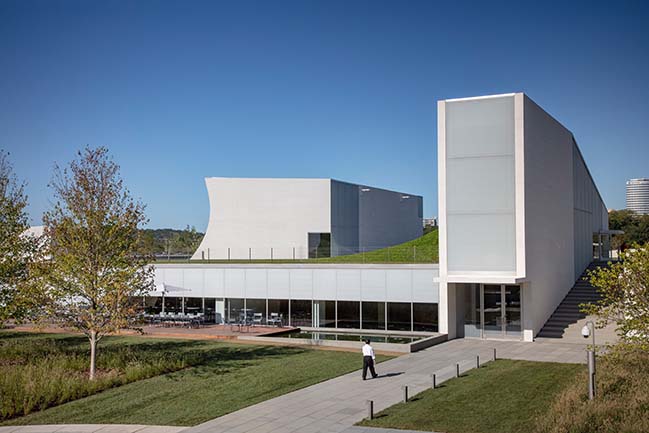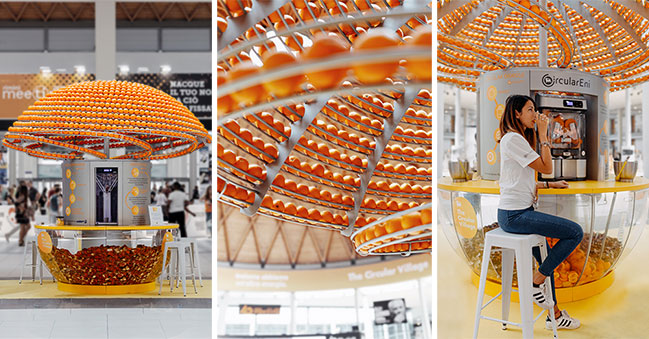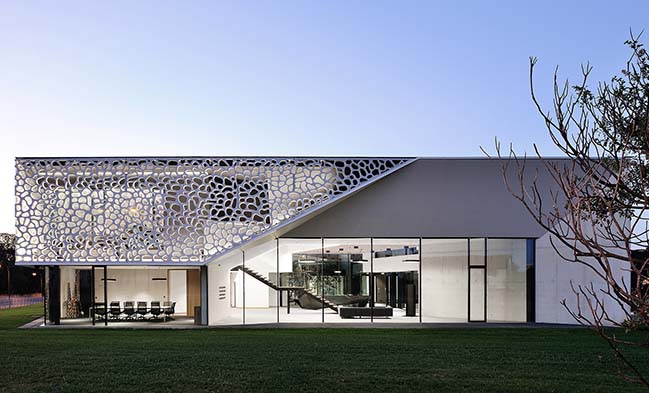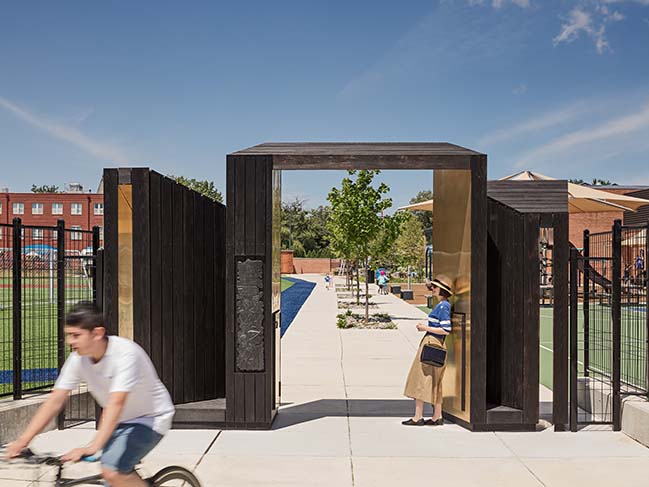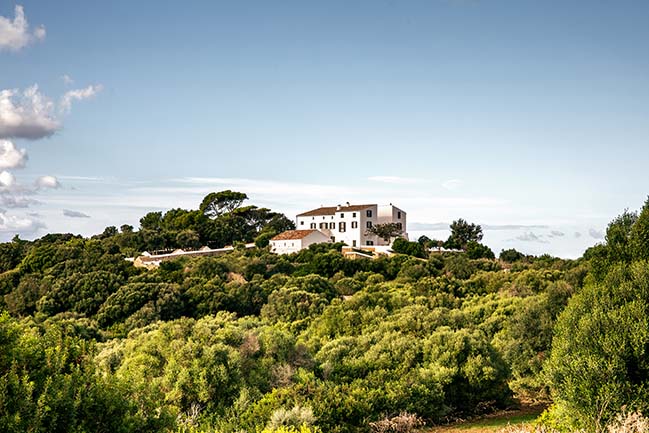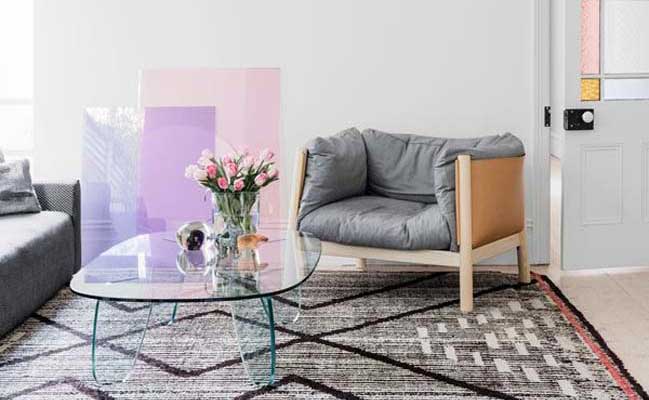09 / 10
2019
MAD Architects, led by Ma Yansong, has collaborated with Hyperloop Transportation Technologies (HyperloopTT) on the development of an elevated, rapid transport system.
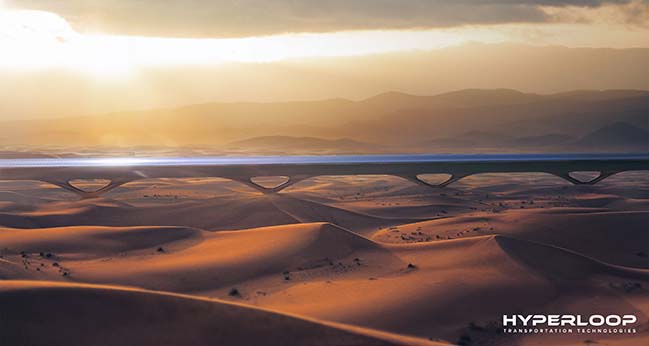
Image by MIR
MAD’s design demonstrates how the artificial can merge with nature through a new urban infrastructure, that while transforming the future of travel, also has the ability to reshape the way we plan and use public space. While providing enhanced connectivity between cities and people, the transportation system will also establish a renewed connection between people and their city through car-free raised green walkways along the roof of the tunnels, and activation spaces below in the form of parks and recreation areas.
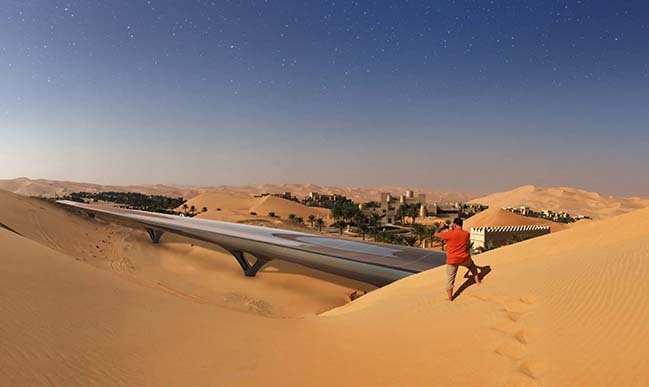
Since 2013, HyperloopTT has been focusing on looking to develop innovative solutions for some of our major urban problems: overcrowding, traffic congestion, and pollution. By designing the most advanced low-pressure, high-speed sustainable tube-based transportation in the world, it is set to connect people and cities that are distances apart at hyper speed, revolutionizing the way we travel.
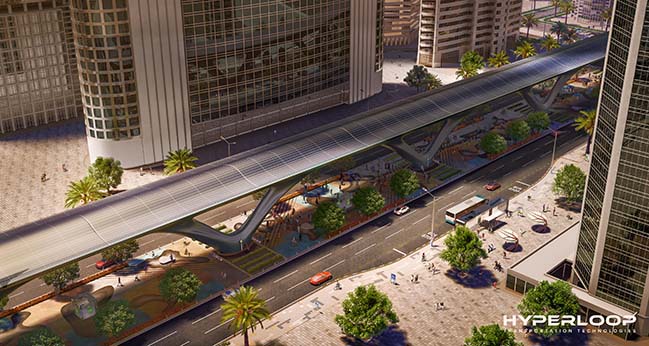
Image by MIR
HyperloopTT commissioned MAD to conceive a versatile pylon design that while acting as structural support for its groundbreaking transportation system, could easily be integrated across diverse environments – from a bustling city center to rural farmland to the remote desert.
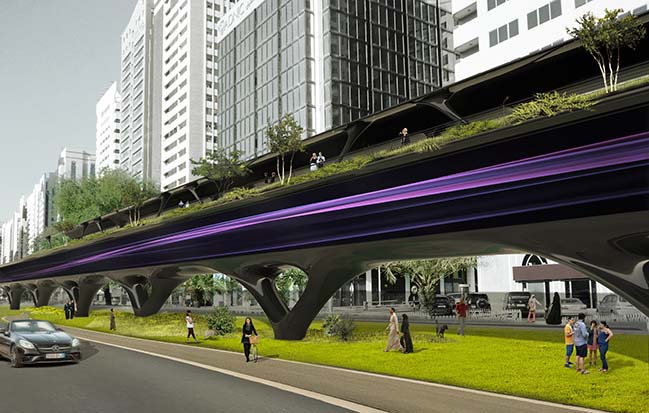
Sustainable Energy
MAD’s scheme harnesses solar and wind energies to power the HyperloopTT system. The transportation tunnels are outfitted with bendable solar panel skin modules that are used to power the Hyperloop itself, along with LEDs installed along its surface that function as interactive information boards. Bladeless wind turbine forests positioned at certain sections of the HyperloopTT system will harness the vorticity of the wind, creating a main source of power for the transportation network, lowering overall energy costs.
Small Footprint
The pylon design minimizes the system’s physical footprint by lifting its functions almost 7 meters aboveground. This eliminates the possibility of collision with road traffic, which in turn decreases the cost of land acquisition. It is composed of a single-mold fiber glass structure, proving its efficiency in both its development and usage.
Urban Farming
Sustainability is further emphasized through urban farming opportunities. The base of each pylon is conceived to host crop-growing facilities that encourage urban farming. The light energy sourced from the solar-powered LEDs allows the plants to be self-sustainable, forming a friendly, green environment – a truly organic infrastructure.
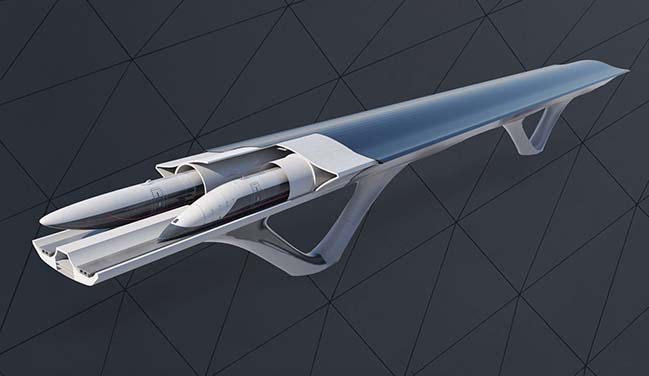
MAD first worked with HyperloopTT on the occasion of the 2020 Expo in Dubai. Since then, HyperloopTT has partnered with the Port of Hamburg to develop a cargo system; and revealed a full-scale 320m passenger system in Toulouse, France, that is currently in the process of integrating its full-scale passenger capsule for human trials in 2020.
HyperloopTT Design Team: Ma Yansong, Dang Qun, Yosuke Hayano, Dixon Lu, Matthew Pugh, Wang Tao, Chris Nolop, Nathan Kiatkulpiboone
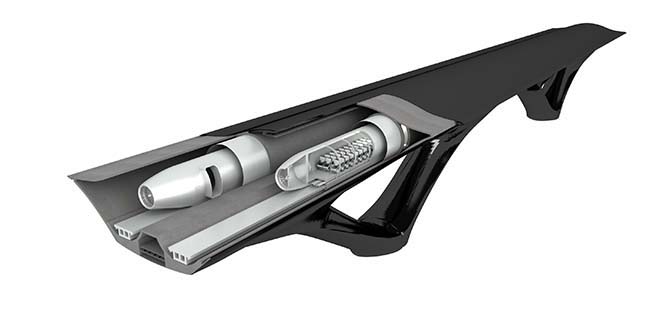
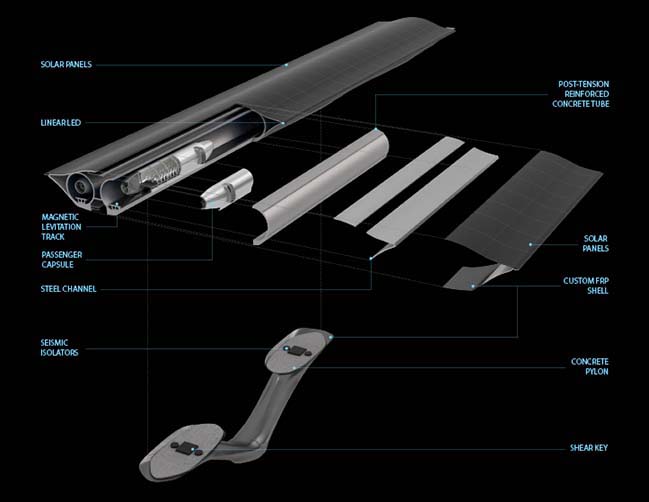
YOU MAY ALSO LIKE: Foster + Partners video for DP World Cargospeed premieres in Dubai
MAD Partners with HyperloopTT on Sustainable Transportation Infrastructure
09 / 10 / 2019 MAD Architects, led by Ma Yansong, has collaborated with Hyperloop Transportation Technologies (HyperloopTT) on the development of an elevated, rapid transport system...
You might also like:
Recommended post: Contemporary home in Sydney by SJB
